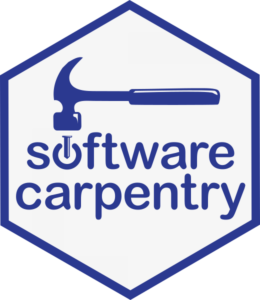UNIX Basics
This workshop teaches the foundations of UNIX computing. Lectures and practical tutorials introduce the most common commands and fundamental stepping stones into the world of command line computing. There are many different versions of UNIX, although they share common similarities, so you'll be able to follow this tutorial on all of them, provided that they have a terminal to enter commands and a simple text editor. The most widely used varieties of UNIX are GNU/LInux, Sun Solaris and MacOS X.
On this page you'll find:
- UoR UNIX Basics course videos
- UoR Carpentries resources to learn the UNIX shell
- Further links and resources to get started on UNIX
1. UoR UNIX Basics
Main objectives of the course are to be able to:
- use basic commands
- navigate the file structure
- create directories and files
- use a basic text editor
- read files and modify them
- search for files and file contents
- chain commands
- write simple bash scripts and execute them
 Prerequisites
Prerequisites
-
-
- You need to have access to a UNIX machine. Our tutorial runs on the UoR Linux systems which you can access with your username and password. Do to this, please familiarise yourself first with section 2 of our Introduction to academic computing tutorials.
- If you are using your own UNIX machine, it should have a text editor installed. In this tutorial we use gedit as it is straightforward and simple to use.
-
2. UoR Carpentries
Software Carpentry aims to help researchers get their work done in less time and with less pain by teaching them basic research computing skills. At UoR, we run hands-on software workshops, which cover basic concepts and tools, including program design, version control, data management, and task automation. The workshop resources for the UNIX Shell are accessible in the links below. We will also create a series of video tutorials which will be accessible outside of the workshops.
Main objectives of the course are to be able to:
- understand the command shell
- learn core commands to navigate and manipulate files and directories
- combine commands to do new things
- construct loops for repetitive tasks
- write shell scripts to save and re-use commands
- find files and things in files

|

